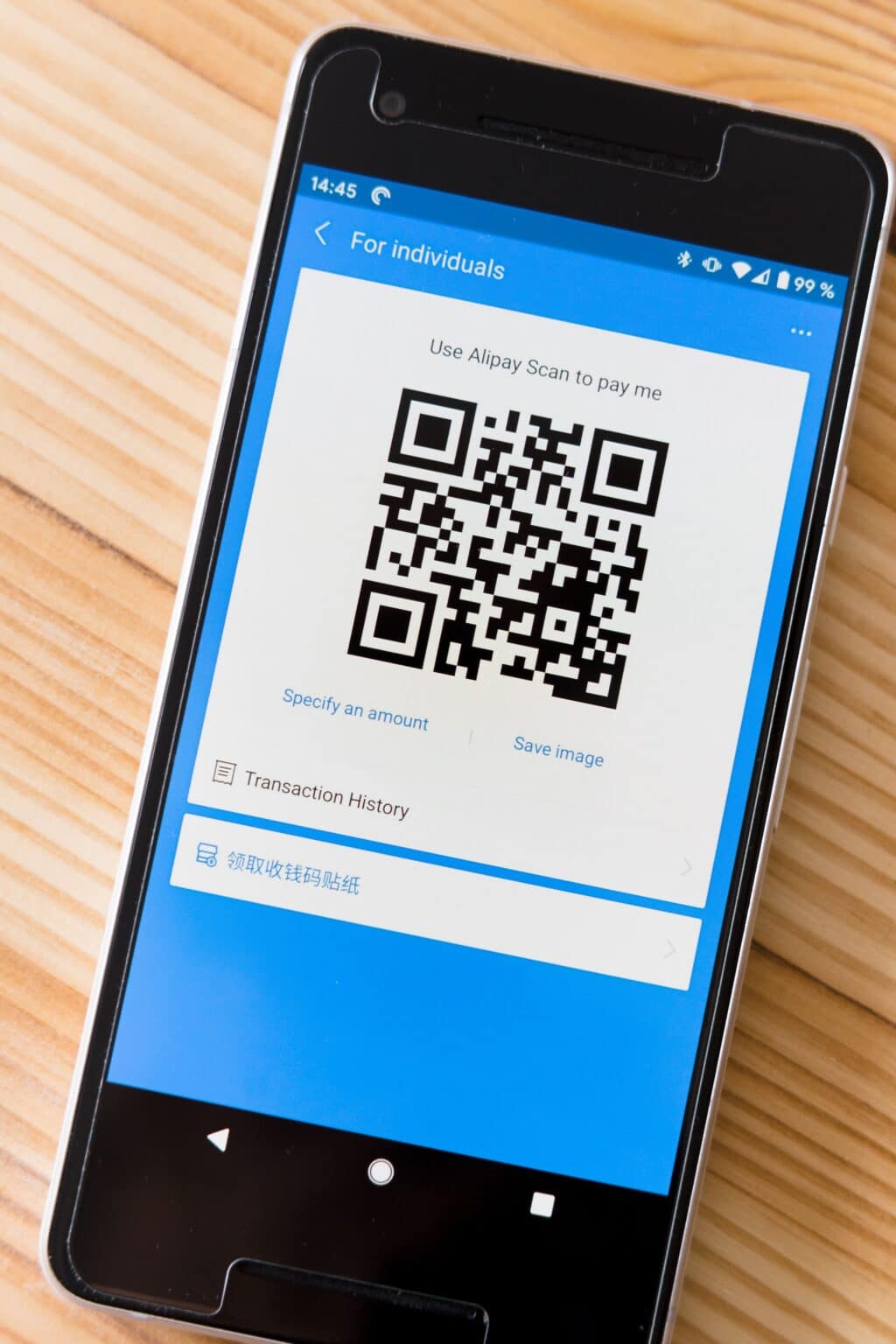QR (Quick Response) codes have become increasingly popular in recent years, revolutionizing how we interact with businesses and access information. From making payments to accessing websites and promotions, QR codes offer convenience and efficiency. However, concerns about QR code fraud have also emerged with their growing popularity.
In this article, we will delve into the topic of QR code fraud, exploring whether it is on the rise, the potential risks involved, and the precautions you can take to protect yourself.
IMAGE: UNSPLASH
Understanding QR Code Fraud
QR code fraud refers to the malicious use of QR codes to deceive or scam individuals. As shown by ExpressVPN, fraudsters can manipulate QR codes to redirect users to malicious websites, steal personal information, initiate unauthorized transactions, or spread malware.
As QR codes are often scanned using smartphones, which are widely used and easily accessible, they provide a convenient platform for criminals to exploit unsuspecting users.
Examining The Rise Of QR Code Fraud
While QR code fraud incidents have occurred, it is important to note that the overall scale of such incidents is still relatively low compared to other forms of cybercrime. However, as the adoption of QR codes continues to grow across various industries, the potential for fraudulent activities also increases.
It is crucial to remain vigilant and proactive in understanding and addressing the risks associated with QR codes.
Common Risks
Malicious QR Codes
Fraudsters may create fake QR codes that lead to malicious websites or prompt users to download harmful software. To mitigate this risk, only scan QR codes from trusted sources. Be careful while scanning codes from unknown sources.
Phishing Attacks
QR codes can direct users to fake websites designed to capture personal information. Always verify the legitimacy of the website before entering sensitive data. Look for secure connections (https://), padlock icons, and familiar branding.
Unauthorized Transactions
Fraudsters can create QR codes that initiate unauthorized transactions, resulting in financial loss. Ensure you scan QR codes from trusted vendors and verify the payment details before completing any transactions.
QR Code Overlays
Fraudsters can overlay their QR codes onto legitimate ones, redirecting users to fraudulent websites or payment portals. Carefully inspect QR codes for any signs of tampering, such as misalignments or unusual colors. If in doubt, manually type in the website address instead of scanning the code.
App Permissions
Some malicious QR code scanner apps may request unnecessary permissions to access your data. Be cautious when installing QR code scanner apps and review their required permissions. Stick to trustworthy apps from reliable sources.
QR Code Security Measures
Various security measures have been introduced to address the concerns surrounding QR code fraud. These include:
Dynamic QR Codes
These are an effective security measure as they can be changed or updated with new information. This reduces the risk of fraudsters tampering with the codes or redirecting users to malicious websites.
QR Code Authentication
Some businesses are implementing QR code authentication systems that verify the authenticity of QR codes before they are scanned. This adds an extra layer of security by ensuring that the code is genuine and not manipulated.
Two-Factor Authentication
In certain cases, businesses incorporate two-factor authentication for transactions initiated through QR codes. This involves an additional layer of verification, such as a one-time password (OTP), to confirm the user’s identity before completing a transaction.
Best Practices For QR Code Usage
To protect yourself and your customers from QR code fraud, consider implementing the following best practices.
Educate Customers
Raise awareness among your customers about QR code fraud risks and encourage them to be cautious when scanning codes. Provide clear instructions on how to verify the legitimacy of QR codes and what precautions they should take.
Secure QR Code Placement
If you are a business using QR codes for promotions or payments, ensure they are placed in secure locations where they cannot be easily tampered with or replaced by fraudulent codes.
Code Scanning Apps
Recommend trustworthy QR code scanning apps to your customers and provide guidance on identifying reliable options. Emphasize the importance of downloading apps from reputable sources to minimize the risk of using malicious apps.
Regular Code Auditing
Regularly audit and review the QR codes used in your marketing materials or products to detect any signs of tampering or fraudulent activities. This proactive approach will help maintain the integrity of your QR code campaigns.
Encrypted Data
If your QR codes contain sensitive information, consider encrypting the data to protect it from unauthorized access. Encryption adds an extra layer of security and prevents fraudsters from intercepting and misusing the information.
Conclusion
While QR code fraud exists, it is important to maintain a balanced perspective. The benefits of QR codes in enhancing convenience and efficiency should not be overshadowed by fear.
By staying informed about potential risks and taking necessary precautions, such as scanning codes from trusted sources, verifying website authenticity, and keeping software updated, you can significantly reduce the chances of falling victim to QR code fraud.
QR codes remain a powerful tool for businesses and consumers, and with vigilance, we can continue to utilize them safely and enjoy their numerous advantages.
IMAGE: UNSPLASH
If you are interested in even more technology-related articles and information from us here at Bit Rebels, then we have a lot to choose from.


COMMENTS